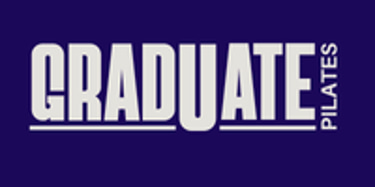Understanding The Differences Between Strength Training, Building Muscle, Mobility, Flexibility, and Stability And How Pilates Helps
Pilates primarily helps with stability, mobility, flexibility, and strength. Pilates can help some build muscle mass with intentional training tactics. Read to learn more. (Photo Credit: Freepik.com)
PILATES FOR MUSCLE AND STRENGTH TRAININGPILATES FOR WELLNESSPILATES FOR ATHLETICS AND SPORTSPILATES FOR PILATES INSTRUCTORS / PILATES TEACHERS / FITNESS INSTRUCTORS
Corie Kellman
11/20/20252 min read


(Photo Credit: Freepik.com)
What Is Strength Training?
Strength training refers to exercises specifically designed to improve your muscle strength and endurance. The goal here is to increase the amount of force your muscles can produce. Building strength is different from building muscle mass and uses different strategies and tactics. It is possible to get stronger without increasing the size of your muscles.
Building Muscle: The Art of Hypertrophy
While strength training helps you get stronger, muscle building, or hypertrophy, is about increasing the size of your muscles. This process occurs when you consistently challenge your muscles with progressive overload—meaning you gradually increase the weight or resistance over time. While increasing muscle mass can make you stronger, it's not as simple as big muscles mean stronger. Someone will smaller muscles can strength train to become just as strong as someone with bigger muscle mass.
Mobility, Flexibility, and Stability: The Unsung Heroes of Fitness
It’s easy to get caught up in strength training and muscle building, but mobility, flexibility, and stability are important to consider for your overall fitness and ability to get stronger or gain more muscle.
Mobility refers to the ability of your joints to move freely through their full range of motion. Enhanced mobility can improve your performance in strength training and daily activities.
Flexibility, on the other hand, is about the length of your muscles and tendons. Performing dynamic and static stretching can lead to improved flexibility, which can lessen the risk of injuries during workouts and improve your overall mobility.
Stability is your body’s ability to maintain control when you perform movements. Think of it as the foundation for all other aspects of fitness. A solid core is key to achieving both stability and control in your movements.
Which of these does Pilates train?
In a more traditional studio, Pilates classes and sessions primarily focuses on improving stability, strength, mobility, and flexibility.
Depending on your current level of physical fitness, initially, Pilates can help build muscle mass; however, because most Pilates flows do not put focus on progressive overload and repetition, at some point, hypertrophy is no longer in the room.
In a more contemporary studio, with intentional programming, a teacher can develop a class format to meet the hypertrophy goals of many. However, the Pilates equipment does not have infinite choices for resistance in a way that weight training has, for example, so at some point, there will be some students who need more resistance than the equipment can offer to meet hypertrophy goals. If your primary goal is to build muscle mass, it's important you talk to an instructor who can be real with you about what this means for your current level of physical fitness and guide you to group classes that focus on this or can recommend private training where your session can be focused on this specific goal.
CONTACT US
© GRADUATE PILATES, LLC. 2025.
All rights reserved.
